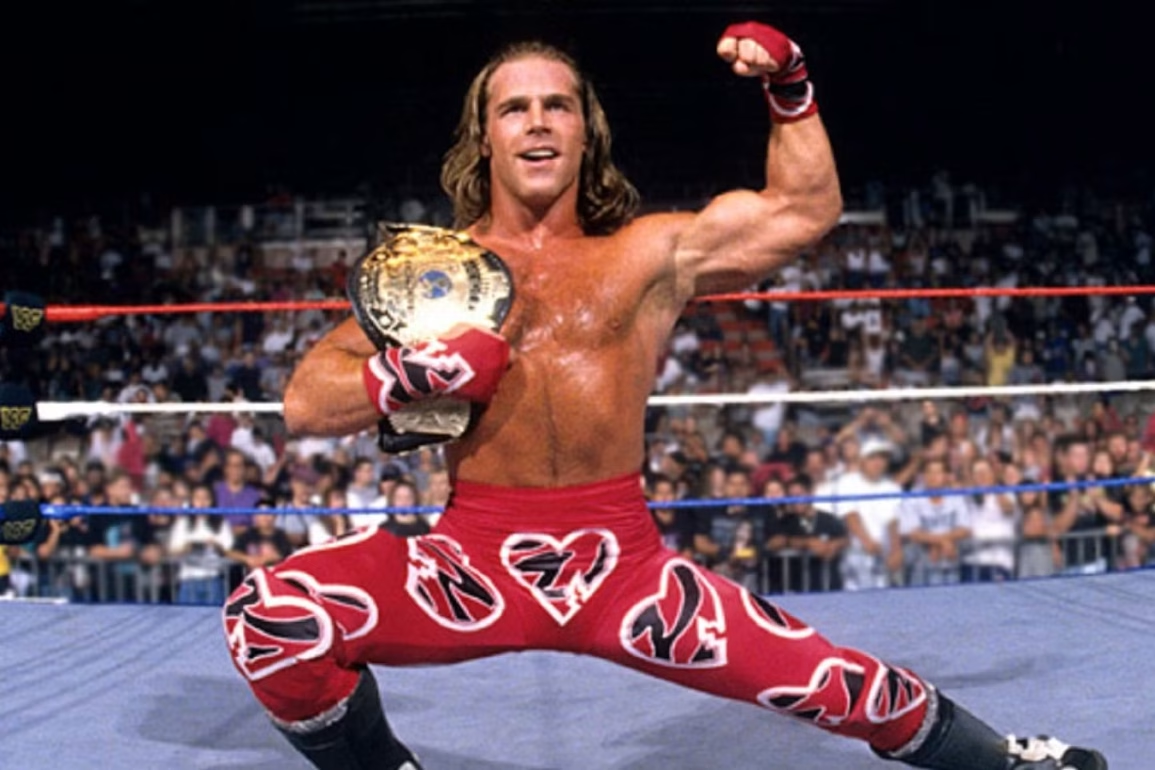WWE has produced some of the most iconic characters in professional wrestling history, but it’s the heel turn—where a beloved babyface turns to the dark side—that truly resonates with fans. These turns often leave an indelible mark on the sport’s history, creating memorable moments. A superstar who turns heel doesn’t just change their character; they alter the entire direction of a storyline, sometimes for years. Heel turns often involve betrayal, deception, and manipulation, and they can send the WWE Universe into a frenzy.
This explores some of the most dramatic heel turns in WWE, focusing on moments that have changed the trajectory of wrestling careers, heated rivalries, and captured the attention of fans worldwide.
1. Stone Cold Steve Austin: The “What?!” That moment at WrestleMania 17
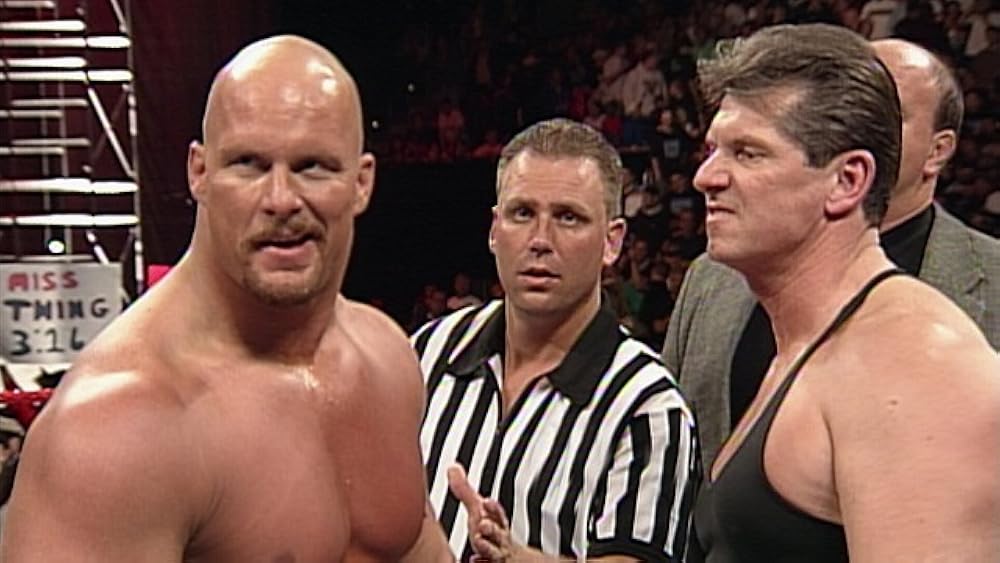
Stone Cold Steve Austin is one of the most beloved figures in WWE history, known for his rebellious attitude and unmatched popularity. However, at WrestleMania 17 in 2001, Austin’s heel turn left fans reeling. In a twist, Austin aligned himself with his former rival, Vince McMahon, to defeat The Rock in a brutal match for the WWE Championship.
What made Austin’s heel turn so dramatically was the sheer unpredictability of it. For years, he had been the anti-establishment hero, a fan favorite who symbolized defiance. But his alliance with McMahon—a man he had spent years fighting against—redefined his character entirely. Austin’s actions stunned the crowd, especially given the emotional buildup leading up to the match. Instead of fighting McMahon, Austin joined him, leaving the fans in disbelief.
The impact of this heel turn stretched far beyond WrestleMania. The dynamic between Austin and McMahon became the centerpiece of WWE programming, resulting in some of the most intense and entertaining moments of the Attitude Era.
2. Hulk Hogan: The Birth of the NWO at Bash at the Beach 1996
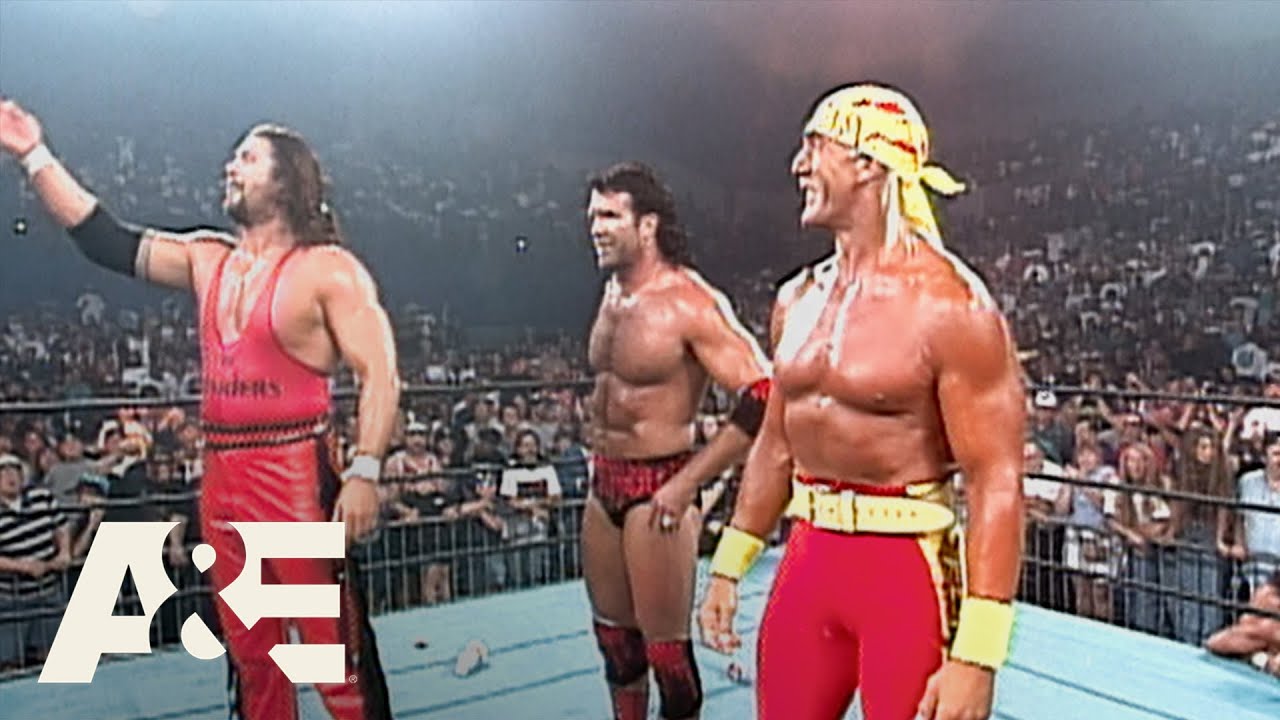
Hulk Hogan was the face of WWE for the better part of a decade, a true symbol of heroism and positivity. His larger-than-life persona made him a global icon. But in 1996, at WCW’s Bash at the Beach, Hogan made a dramatic shift that sent waves through the wrestling world. During a tag team match involving Randy Savage and Sting, Hogan turned his back on his long-time allies, joining forces with Scott Hall and Kevin Nash to form the New World Order (NWO).
The moment Hogan dropped his “American hero” persona and embraced the role of a villain was unlike anything the industry had ever seen. Fans who had grown up idolizing Hogan were left in disbelief as he adopted a cocky, rebellious attitude as part of the NWO. His infamous line, “This is the greatest moment in professional wrestling history,” signaled a dramatic change, not just for him, but for the entire wrestling business.
The NWO revolutionized the wrestling world, leading to the biggest ratings war in professional wrestling history between WCW and WWE. Hogan’s heel turn created an entirely new narrative and direction for the wrestling industry.
3. The Rock: From Nation of Domination to Corporate Champion
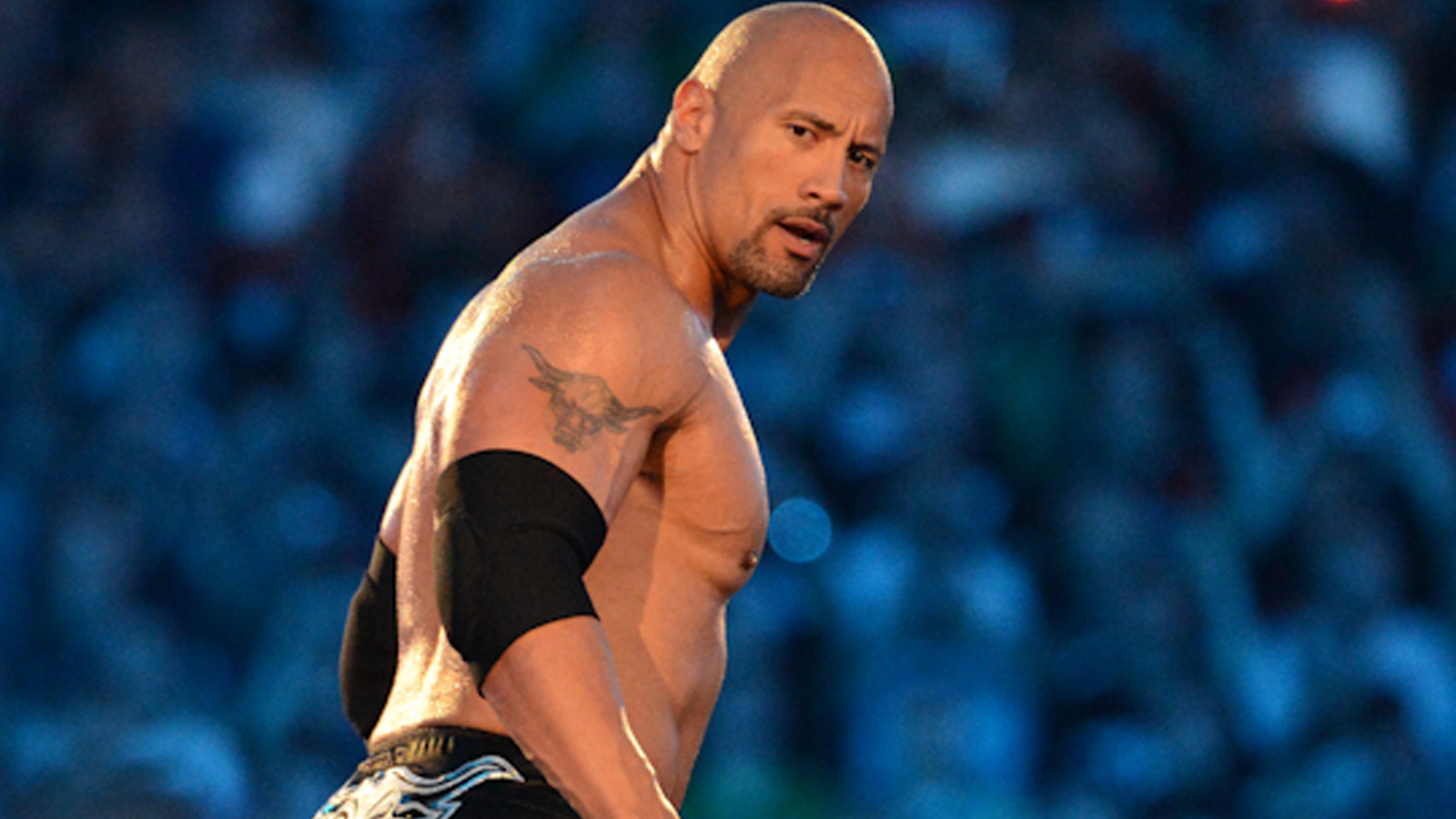
Dwayne “The Rock” Johnson is one of the biggest names in WWE history, but his path to superstardom was not a straight line. In the late 1990s, The Rock was introduced as Rocky Maivia, a smiling, all-American babyface. However, his popularity quickly waned, leading to a dramatic character shift.
In 1998, The Rock made the bold decision to leave his babyface persona behind, aligning himself with the Nation of Domination, a faction of wrestlers with a controversial and anti-establishment attitude. But his most memorable heel turn occurred in 1999, when he turned against the Nation of Domination and formed an alliance with Vince McMahon. This change in direction was accompanied by a new, cocky persona, which would eventually evolve into the iconic “Corporate Champion” character.
The shift from fan favorite to despised villain was pivotal in establishing The Rock as a top-tier talent in WWE. The corporate character aligned with McMahon during the peak of the Monday Night Wars, which helped both The Rock’s career and the company’s storylines. His brash attitude, combined with his undeniable in-ring talent, made The Rock a key player in the fight for supremacy in professional wrestling.
4. Shawn Michaels: The Heartbreak Kid’s Betrayal of Marty Jannetty
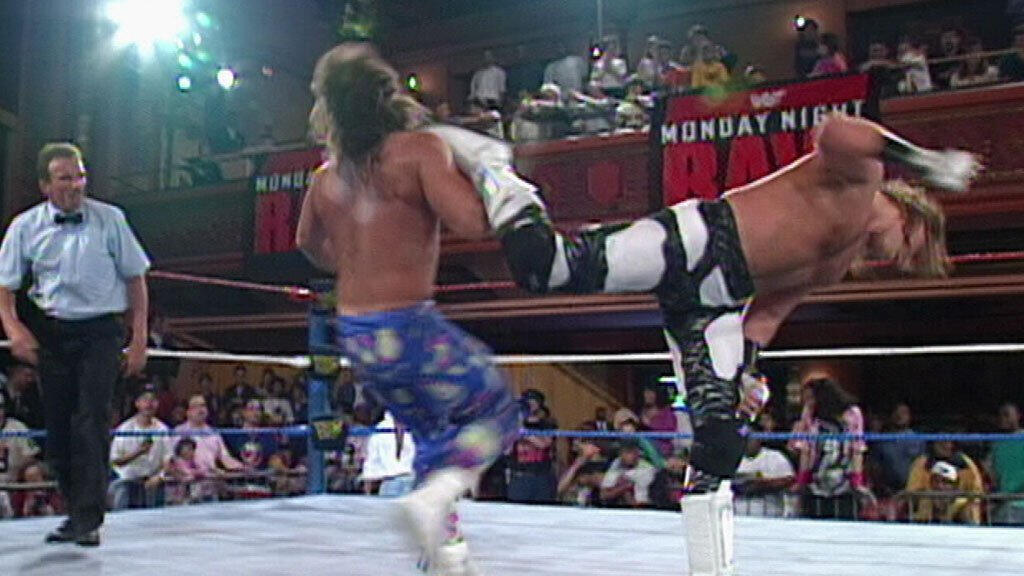
One of the most iconic heel turns in WWE history came in 1992 when Shawn Michaels turned on his tag team partner, Marty Jannetty, in an unforgettable moment on The Barbershop segment. At the time, Michaels and Jannetty were part of the popular team, The Rockers, and they had been beloved by fans for their high-flying moves and energetic personas.
In a moment that would forever change the WWE, Michaels superkicked Jannetty through the glass window of The Barbershop. This dramatic betrayal marked the end of The Rockers and the beginning of Michaels’s journey to becoming the “Heartbreak Kid,” one of the most charismatic and ruthless heels in WWE history.
The impact of this heel turn was felt immediately. Michaels’ shift from a fan-favorite tag team wrestler to an arrogant, self-absorbed singles competitor was a key turning point in his career. He would go on to capture multiple world championships, solidifying himself as one of the greatest wrestlers of all time.
Final Thoughts
WWE has seen countless memorable heel turns over the years, but these four moments stand out as some of the most dramatic in the company’s history. Each turn not only altered the career trajectory of the superstar involved but also had a lasting impact on WWE’s storytelling, rivalries, and direction. Whether it was Austin’s alliance with Vince McMahon, Hogan’s defection to the NWO, The Rock’s transformation into the Corporate Champion, or Shawn Michaels’ betrayal of his tag team partner, these heel turns continue to be talked about by fans and remain pivotal moments in wrestling history.
A heel turn has the power to reshape a character, a storyline, and even an entire era in WWE. The stars involved in these iconic moments proved that, when executed perfectly, a dramatic shift from hero to villain can become one of the most defining aspects of a wrestler’s career.

